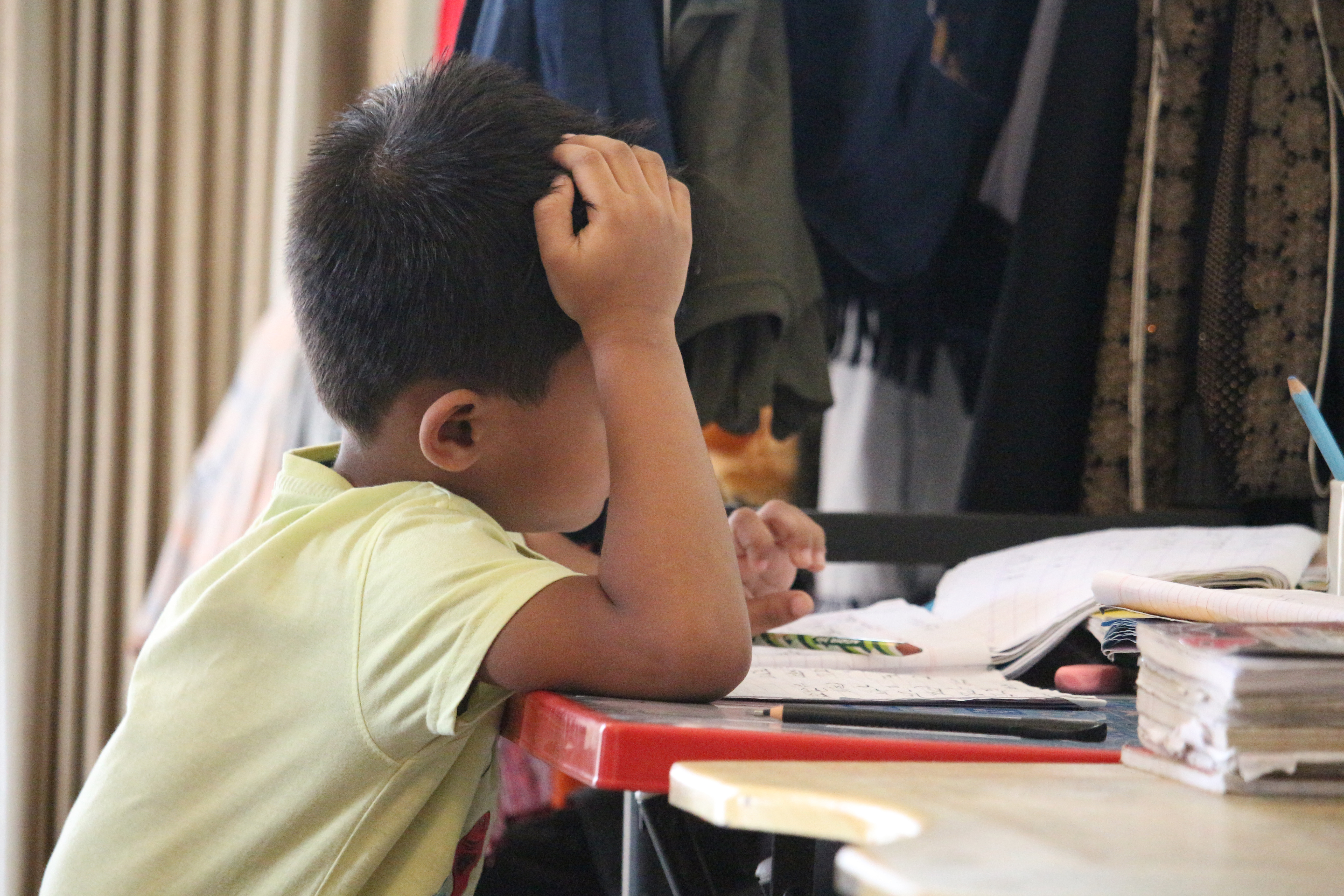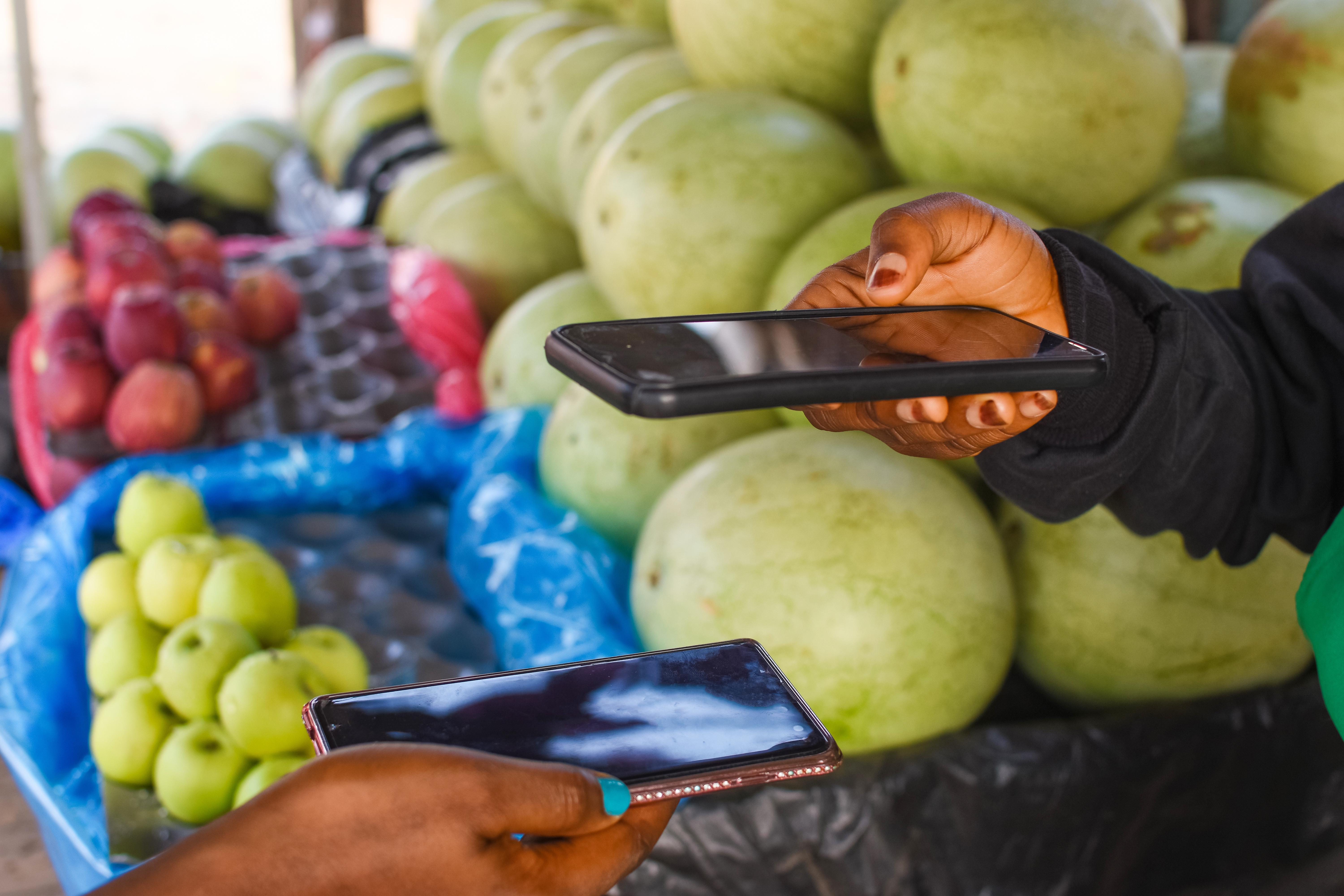Cutting through the layers of hype surrounding blockchain technology is tough work. Underlying the buildup in excitement, however, is a remarkable tool that could, if designed and used appropriately, help improve processes related to several long-standing development challenges. In our new paper “Blockchain and Economic Development: Hype vs. Reality,” we examine the technology’s potential role in addressing four of those challenges:
- making aid disbursement more secure and transparent;
- facilitating faster and cheaper international payments;
- providing a secure digital infrastructure for verifying identity; and
- securing property rights.
We argue that, while blockchain-based solutions have the potential to increase efficiency and improve outcomes dramatically in some use cases and more marginally (if at all) in others, key constraints must be resolved before blockchain technology can meet its full potential in this space. Overcoming these constraints will require increased dialogue between the development and technology communities and a stronger commitment to collecting and sharing data about what’s working and what isn’t in pilot projects that use the technology.
The case of aid distribution
Making aid disbursement more efficient and transparent is one of the areas in which blockchain technology shows promise. Consider the Start Network, which brings together 42 national and international aid agencies—including the International Rescue Committee, Oxfam, and World Vision—with the goal of improving their ability to collectively respond to humanitarian crises, including by enabling its members to agree upon projects and disburse funds within 72 hours of a crisis. Given the group’s belief that the humanitarian system must radically change to accelerate crisis response, it’s not surprising that it is now exploring how blockchain technology might help to provide aid more efficiently and effectively. In July, the Network announced a partnership with blockchain start-up Disberse that will use the company’s platform to speed up the distribution of funds and better trace how funding is spent.
This is just the latest example of how aid organizations are putting blockchain technology to the test. The UN’s World Food Programme (WFP) also recently conducted a successful pilot project in Jordan, where it used a blockchain to manage cash-based transfers to 10,000 Syrian refugees living in the Azraq camp in Jordan. The organization hopes to expand the pilot to cover all 500,000 WFP beneficiaries in Jordan by the end of the year.
From the perspective of individual donors, conducting aid payments on a blockchain can provide three advantages: speed, transparency, and the ability to bypass traditional financial intermediaries. Further, if multiple donors share project information on a single distributed ledger, they can improve coordination both between themselves and with recipient governments.
In the case of aid distribution, the biggest challenge is the inherent nature of the development agencies and large non-profits who may ultimately use the technology. These organizations tend to be risk-averse and slow to innovate—a sensible stance since they act as stewards of donor resources and provide services that can mean the difference between life and death for beneficiaries. For that reason, the development and tech communities will need to work together to address concerns about data security, governance, and operational resiliency that relying on a blockchain raises before wider adoption is likely.
These challenges all appear to be solvable, but the ability of technologists to prove that the solutions they offer provide a significant advantage over existing approaches may be hampered by an absence of quality data. In part, this lack of data simply reflects the newness of the technology. But there is also a concerning trend in which start-ups announce pilot project “successes” without backing up their claims with metrics. This reticence is understandable given the stiff competition for funding and market share, but it undermines the broader effort to design effective solutions. The government agencies and international institutions that partner with start-ups on pilot projects can solve this problem very simply by requiring their partners to collect and publish relevant metrics, and working with them to make that a reality.
These organizations should also work with technologists to develop a set of principles and (eventually) standards for using the blockchain-based solutions in the context of development. The Principles for Digital Development, which have been endorsed by over 100 organizations working in international development, provide a useful model for this effort. While it may be counterproductive to set standards now, given the rapid pace of innovation, it is important to have conversations with an eye towards what these standards might look like in the future to prevent different organizations from developing systems that are ultimately incompatible. Recently formed projects like New America’s The Blockchain Trust Accelerator and Consensys’ Blockchain for Social Good are already bringing actors from both communities together for this discussion and these efforts should get a further boost from the World Bank’s recently announced Blockchain Lab.
Despite the over-hyping of blockchain technology’s potential in certain use cases, we believe that several applications show real promise. A little coordination and a lot of quality data would go a long way towards realizing that promise and improving development outcomes.
Disclaimer
CGD blog posts reflect the views of the authors, drawing on prior research and experience in their areas of expertise. CGD is a nonpartisan, independent organization and does not take institutional positions.





